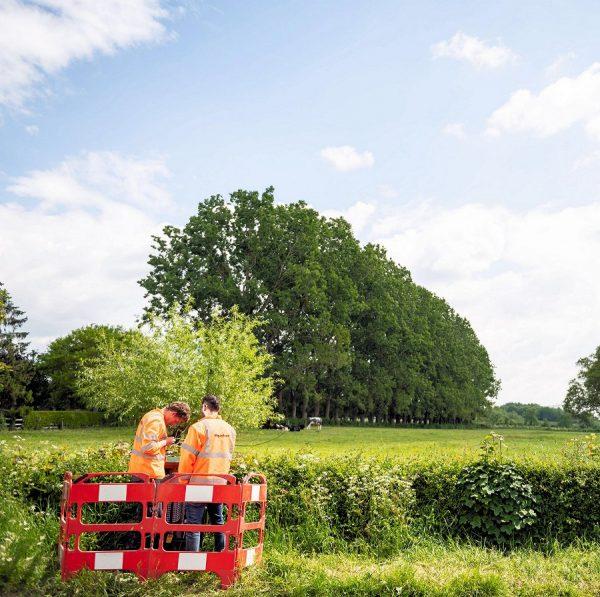
Actions for industry, academia and policy makers
Earlier this year 40 women from across industry, policy makers and academia met to discuss how to support UK women in the telecoms sector. The event, organised by DSIT, Ofcom, UKTIN and techUK aimed to foster collaboration between existing gender diversity initiatives and discuss what more could be usefully done.
With telecoms facing an aging and predominantly male work force, the sector is missing out on the economic benefits diversity can bring. In 2020 19% of the UK telecoms workforce was female compared to 37% of the global telecoms workforce in 2022. A male majority exists at all levels in the UK telecoms workforce, but it is particularly stark for skilled trade, professional occupations and managers, directors and senior officials.
Headline themes
Perception of telecoms: Does telecoms have an image problem?
- Many young women do not typically consider telecoms as a career path. Perceptions exist of ‘a man in an open reach van’. Telecoms sometimes struggles to compete with other sectors on pay for women who are in STEM. A lack of visible female role models in the sector can mean girls, parents and teachers don’t consider it as a career path, often its knowledge of a family member working in the sector.
- How can we tell the stories of telecoms careers? Roles are changing e.g. what was once the role of a field engineer is now replaced with drones and those who can operate them. How can we increase visibility of cool opportunities in the sector and utilise convergent technologies to attract talent e.g. AI and Satellite comms.
- Recruitment and later career support from companies has limited impact without the pipeline coming through. There is a lack of awareness of the breadth of jobs and that it's not the case everyone in telecoms needs to have first class STEM degrees to pursue it as a career path.
- Future telecoms has been named a priority technology for UK prosperity – there's an opportunity to communicate what this means for industry and prospective talent and that it's a great investment opportunity. How can government articulate what this means.
Recruitment and retention: Building in inclusion as a default into ways of working
- There are a wide variety of careers across telecoms with varying skills requirements. Pathways or sharing of challenges across sub-sectors with acute challenges could help. Many job roles in telecoms facilitate flexible working which could be promoted.
- There is often a focus on qualifications which doesn’t necessarily match to skills requirements. Perhaps organisations should consider less emphasis on qualifications when hiring.
- Organisations can implement inclusive practices in recruitment e.g. checking job adverts for gendered language and inclusivity.
- Inclusion as a soft consideration in procurement? Are there levers that could influence change e.g. asking about inclusion policies of suppliers or including consideration of inclusion in funding or contract requirements. However, this needs to be balanced with the reality that many SMEs struggle with time and money to make an impact.
- It’s powerful and helpful when companies share their inclusion initiatives publicly and the impact they can have e.g. period leave, initiatives to support confidence in women for example.
This is a conversation for all, not just women and with themes of inclusion that are relevant beyond gender
- Senior male leaders and men need to be part of the conversation to help promote inclusion initiatives and affect meaningful change.
- There was discussion of sexism, with examples being shared – particularly around assumptions women in the room wouldn’t be able to understand technical language.
- We discussed if anything could be done at investor or VC level and, although there are some specific inclusion focused investors, funds tend to be male focused.
Actions to consider:
- Consider a re-branding of telecoms for example to ‘digital connectivity’ or ‘digital communications’
- Marketing campaigns/ outreach on pathways available with schools
- Develop, publish and share public profiles of women in the industry
- Communicate the benefits of telecoms being a priority technology for the UK and how this can provide opportunities for all
- Organisations to publish diversity and inclusion strategies and share them, including details of career pathways.
- Share telecoms career pathways.









